New Explosives Safety Course for Managers, Supervisors and Non-Explosives Personnel
August 18, 2022
2-minute read

NASA’s Explosives and Pyrotechnics Safety program recently released “Explosives Safety Awareness Training for Managers, Supervisors and Non-Explosives Personnel” (SMA-HQ-WBT-222) in SATERN. This online course provides an overview of Explosives Safety flow-down requirements and responsibilities for program, project and element managers throughout NASA. It emphasizes the responsibilities of personnel and safety awareness of operations that involve the handling, storage, transportation and processing of explosives.
Managing Vegetation for Explosives Safety
February 08, 2021
5-minute read

Vegetation control is a necessary and effective tool to minimize the risk of fire propagation into explosives storage magazines, which could lead to dangerous and costly accidents. Generally, vegetation around explosives storage sites is strictly controlled. The Department of Energy, U.S. Department of Agriculture, Federal Bureau of Investigation and Transportation Security Administration all have specific regulations to control the potential damage to explosives storage magazines from a nearby fire. Similarly, NASA has NASA-STD-8719.12, Safety Standard for Explosives, Propellants, and Pyrotechnics section 5.4 Vegetation Control, which outlines the basic agency requirements for managing vegetation. However, how each center implements these controls varies to accommodate the centers’ environments and needs.
OSMA Partners With NSC on New Training for Expected Cost Savings
February 24, 2020
3-minute read
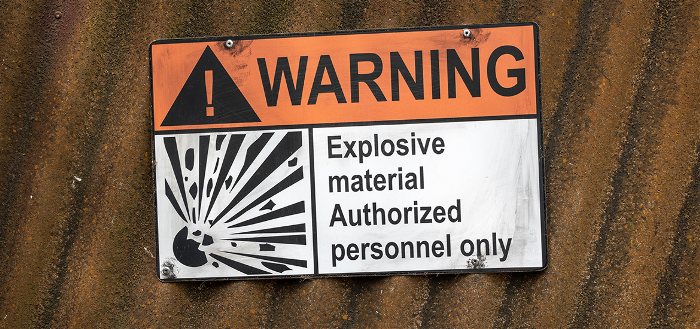
The Office of Safety and Mission’s (OSMA) Explosives and Pyrotechnics Safety program recently released new online SATERN training, “Basic Explosive Safety Refresher,” to the agency.
How NASA Centers Manage Explosives Risks
January 29, 2020
9-minute read
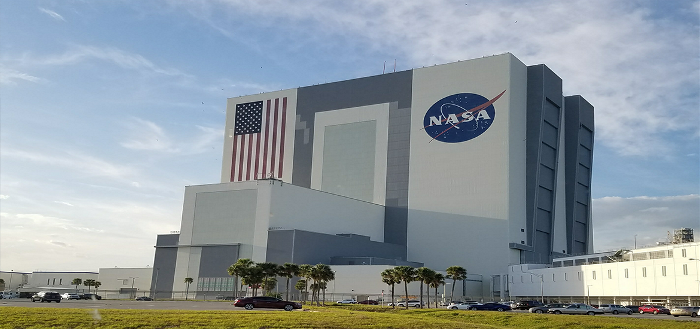
When working with explosives, it’s essential to fully understand the hazards and potential risks to employees and facilities in the area should something go wrong. However, it’s also possible for non-explosive materials to become energetic in a way that poses similar, potentially deadly and damaging risks. These high-risk operations — whether relative to “traditional” explosives or energetic materials — need to be properly managed to ensure a safe work environment. How Explosives Safety Officers are assessing and managing that risk varies from center to center to accommodate the diverse environments and work being done. The following examples show how three unique NASA centers and facilities are managing these risks.
Requirement Amendment for Storage and Distribution of Small Arms Ammunition
October 03, 2019
2-minute read
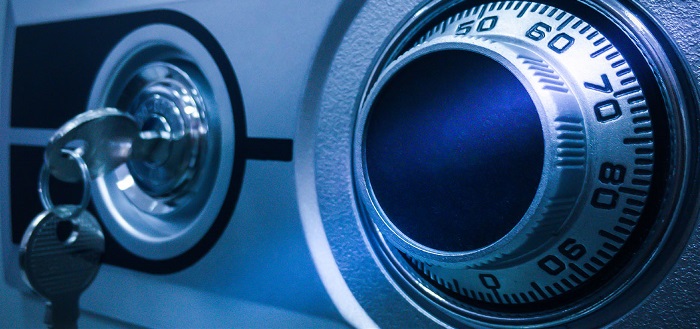
The Explosives and Pyrotechnics Safety program recently updated its policy regarding the storage and distribution of small arms ammunition.
Managing the oversight of ammunition affects both the Explosives and Pyrotechnics Safety program and center security offices, and requires careful definition of responsibilities and processes to eliminate redundant activities between the two groups.
Update to Explosives Standard to Have Positive Impact on NASA Outreach
October 03, 2019
7-minute read
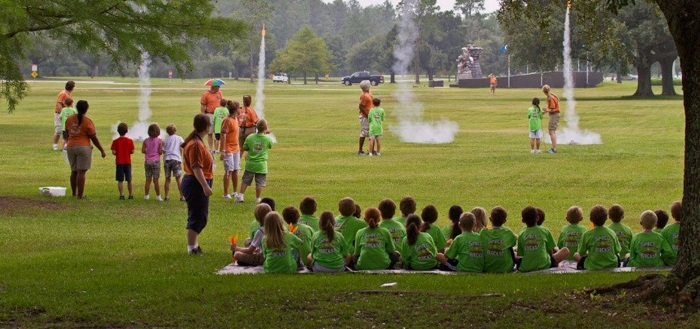
An update to NASA-STD-8719.12A, Safety Standard for Explosives, Propellants, and Pyrotechnics added a new section to the standard that applies only to model rockets that makes them exempt from general explosives requirements that were unnecessarily prohibitive in this context. As a result, NASA’s outreach programs will have an easier time using model rockets for educational purposes.
Update to NASA Explosives Standard Now in Effect
May 23, 2018
1-minute read
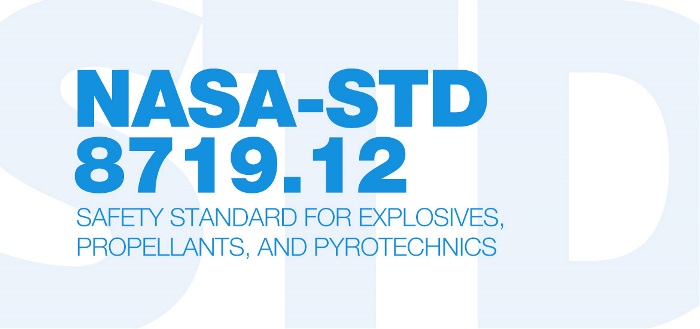
NASA-STD-8719.12A, Safety Standard for Explosives, Propellants, and Pyrotechnics went into effect May 23, 2018. Although Revision A does not include many changes to specific policy requirements, it was a major update in that a lot of content was removed and rearranged.
NASA’s Explosives Safety Course Revamped
April 15, 2015
3-minute read
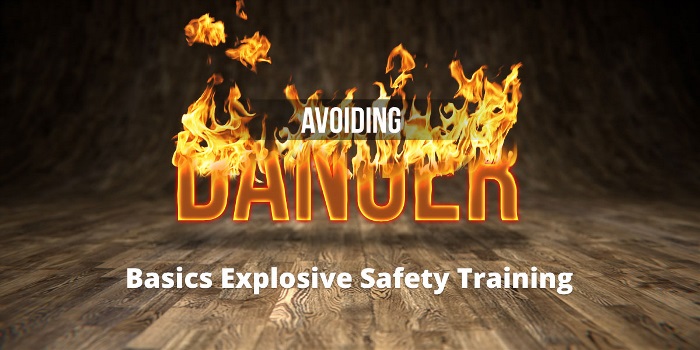
NASA is rolling out an Explosives Safety course to replace center-specific courses and provide consistent training throughout the agency. Goddard Space Flight Center Explosives Safety Officer Gordon Marsh taught the updated course, “Basics Explosive Safety Training,” at Wallops Flight Facility on Feb. 11-12.
New Database to Ease Hazard Assessments on Oxygen Systems
April 07, 2015
4-minute read

The Oxygen Compatibility Assessment (OCA) team at NASA’s White Sands Test Facility created a Web-based OCA database that will be available agency-wide within the next year.
NASA’s Explosives Safety Program Makes Major Changes
August 12, 2014
3-minute read
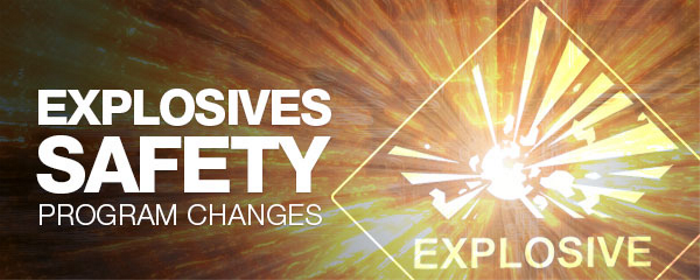
In 2013, NASA Headquarters and center Explosives Safety Officers retooled the agency's Explosives Safety program, putting emphasis on requirements, qualifications, tools, training and audits to ensure the safe handling, storage and application of explosive materials, including pyrotechnics.